We have the great ambition to open up new species for aquaristics again and again. Therefore it is not excluded that we also import species whose scientifically exact determination is not successful, because simply not enough scientific research has been done about the animals so far. The extremely species-rich genus Rhinogobius is a good example of this. Under the name “Rhinogobius davidi” we imported freshwater gobies from an exporter in China that was new to us. Basically you can’t really go wrong, because all Rhinogobius species are well suited for aquaristics: small, colorful, comparatively easy to care and of interesting behavior. After settling in, the “Rhinogobius davidi” turned out to be a mix of three species, none of which matched the scientific description of Rhinogobius davidi.
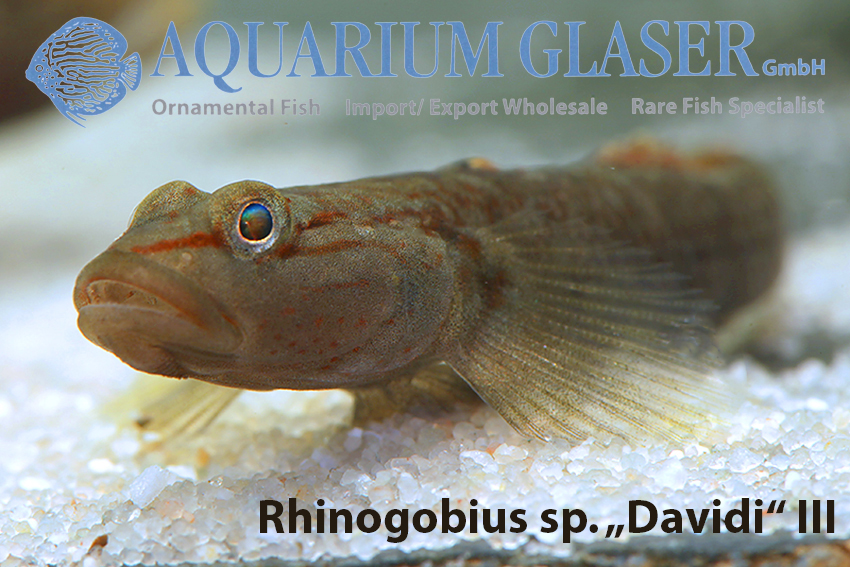
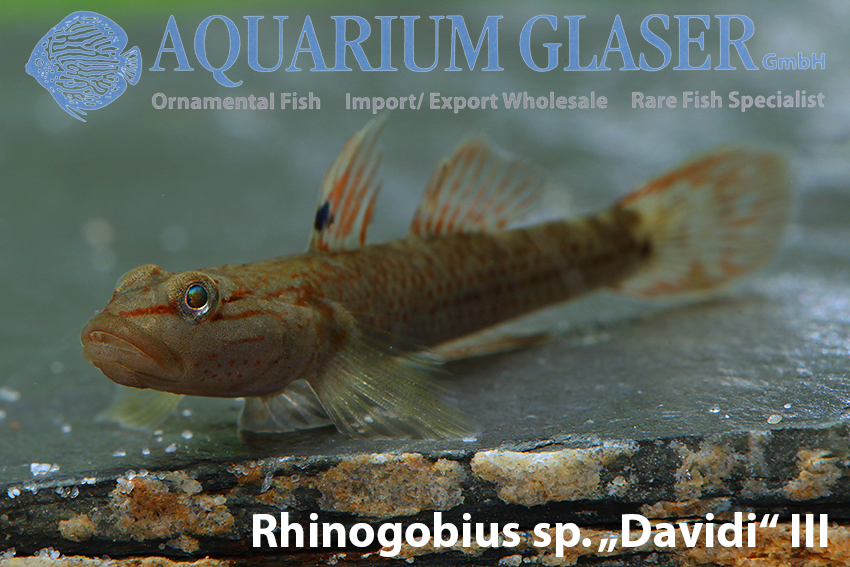
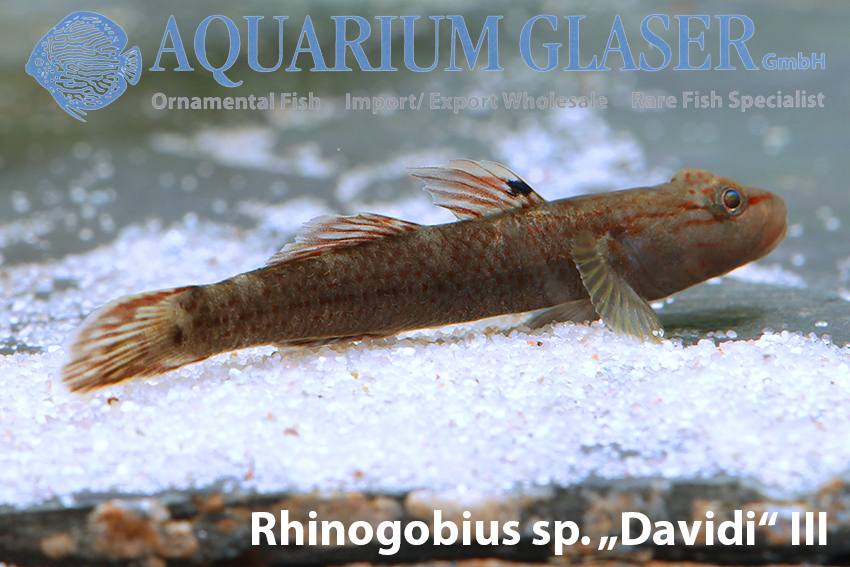
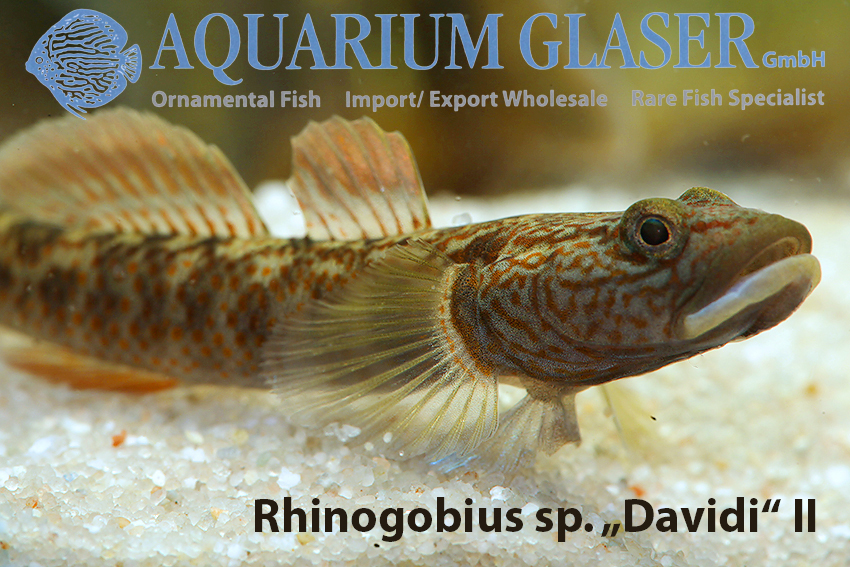
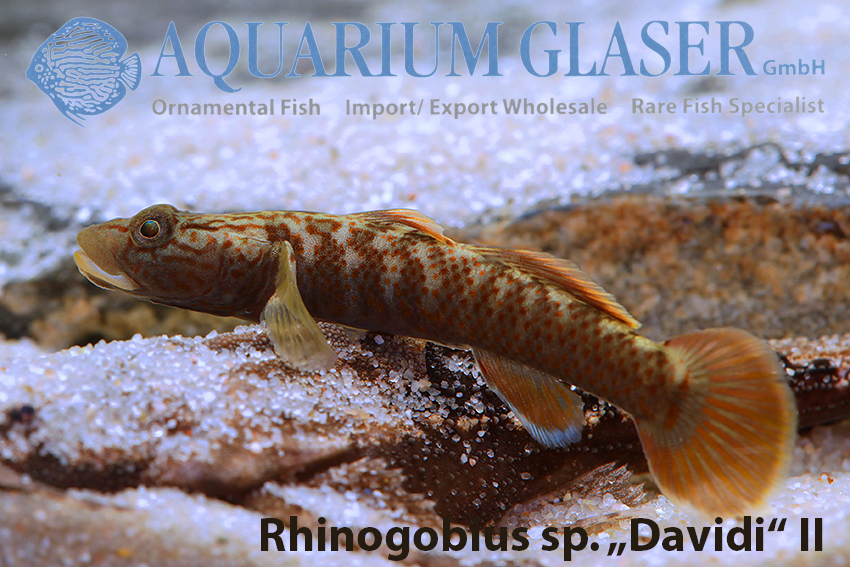
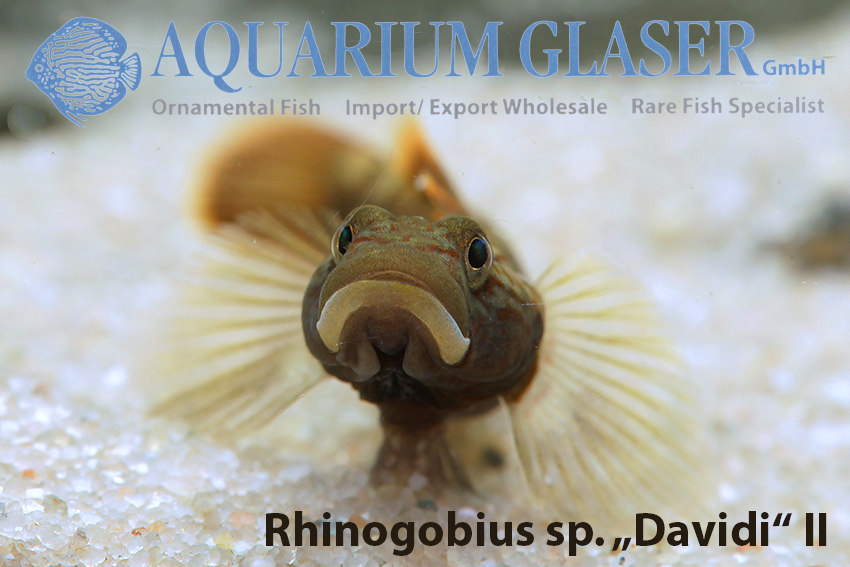
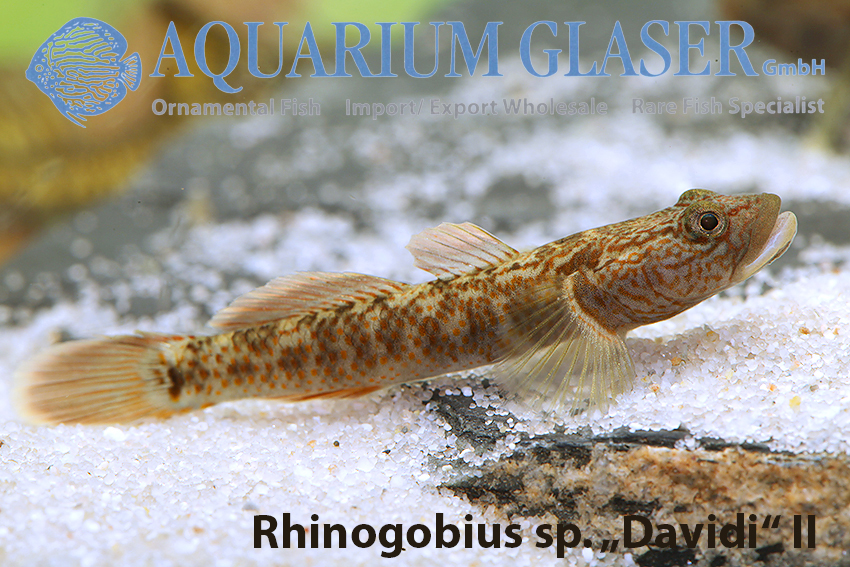
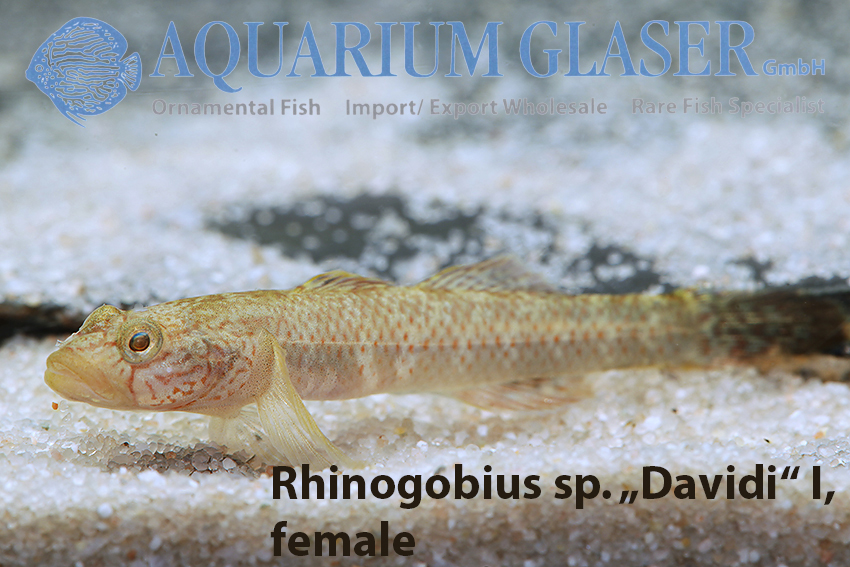
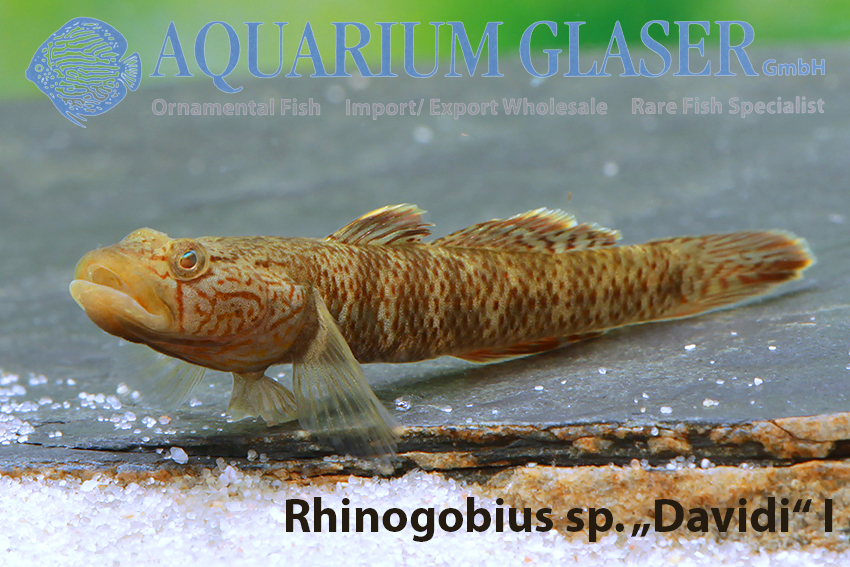
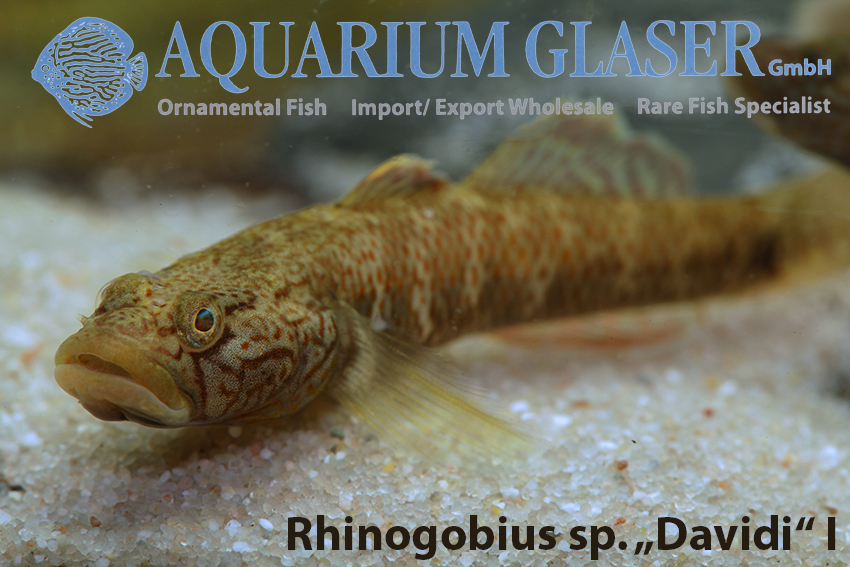
We sent pictures of our animals to the world’s leading expert on Rhinogobius, I-Shiung Chen, with a request for identification. His answer is: unfortunately, identification is not possible without exact knowledge of the locality and without preserved material. Fortunately, there were no losses among our imports, so there is no possibility to preserve animals and locality is always to be treated with caution when importing ornamental fishes. So we have to live with not being able to name these Rhinogobius more exactly. In order not to cause name chaos for future imports, we therefore leave the name “Rhinogobius davidi” for the animals and modify it only to Rhinogobius sp. “Davidi” to make clear that it is only a provisional name.
The three species of the import can be distinguished quite well at a closer look, two of them have a similar basic coloration. However, these two differ clearly in the head pattern. One species has a vertical red line under the eye, which is surely species specific, because both sexes show it. The second, similar species has exclusively horizontal streaking and dots below the eye and in the rest of the head. The males of this somewhat smaller and more slender form (about 3.5-4 cm) also develop a conspicuously pale lower lip when excited. The third species has a completely differently shaped first dorsal fin, which is also adorned with a conspicuous black spot. All three Rhinogobius sp. “Davidi” have turned out to be robust, easy to care for fishes, which are a lot of fun to watch.
For our customers: the animals have code 453442 on our stocklist. Please note that we supply exclusively to wholesalers.
Text & photos: Frank Schäfer




